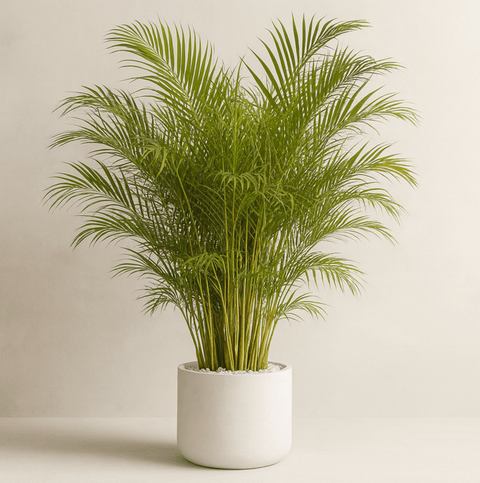Introduction
Marigolds are a popular choice among gardeners due to their bright, vibrant flowers and ease of care. While many gardeners think of marigolds as summer plants, fall-blooming varieties can extend the gardening season well into the cooler months. Incorporating these fall-blooming marigolds into your garden is a great way to enjoy color and life as summer fades.

1. Choosing the Right Variety of Marigolds
There are several types of marigolds to consider, including Tagetes erecta (African marigolds) and Tagetes patula (French marigolds). French marigolds tend to be more compact and are great for cooler climates, while African marigolds produce larger blooms and thrive in warm conditions. When selecting marigolds, take into account your climate, garden space, and desired bloom size.
2. Planting Marigolds in Late Summer
For fall blooms, it's important to plant your marigolds in late summer. The ideal time for planting depends on your local climate, but generally, 8-10 weeks before the first frost is recommended. Prepare your soil by ensuring it is well-draining with a slightly acidic to neutral pH. Marigolds thrive in soil enriched with organic matter.
Step-by-Step Planting Guide
- Space marigolds 8-10 inches apart for smaller varieties and 12-18 inches for larger ones.
- Plant seeds about 1/4 inch deep, or transplant seedlings at the same depth as their container.
- Water thoroughly after planting to ensure the soil settles around the roots.
3. Caring for Fall-Blooming Marigolds
Marigolds are relatively low-maintenance, but proper care will ensure they bloom abundantly in the fall.
Watering
Water your marigolds regularly, especially in dry weather. Use drip irrigation or water at the base to prevent fungal issues on the foliage.
Fertilization
Marigolds are not heavy feeders, but applying a balanced fertilizer once every few weeks can promote healthy blooms.
Pruning and Deadheading
Regularly deadhead spent flowers to encourage new blooms and prevent the plant from focusing energy on seed production.
Pest and Disease Management
Common pests include aphids and spider mites. Neem oil or insecticidal soap can help manage infestations. Ensure good airflow to prevent fungal diseases like powdery mildew.

4. Sunlight and Environmental Considerations
Marigolds need full sunlight to thrive. Aim for 6-8 hours of direct sunlight daily. While marigolds are heat-tolerant, cooler fall temperatures can also support their growth. To extend the growing season, provide protection from frost, such as covering plants with fabric on chilly nights.
5. Using Marigolds in Garden Design
Marigolds are versatile and can be used creatively in garden beds, containers, or as border plants. Pair them with companion plants like tomatoes and basil, which benefit from marigolds' pest-repellent properties.
6. Extending the Blooming Season
To prolong your marigold blooms into late fall, continue deadheading and ensure they receive adequate sunlight and water. After the growing season, you can collect seeds from dried flower heads for next year’s planting. If you want to keep your marigolds going indoors, consider potting them and bringing them inside before the first frost.

Conclusion
Fall-blooming marigolds are an excellent way to keep your garden vibrant as the summer wanes. Their bright colors and easy care make them a rewarding choice for both novice and experienced gardeners. Start planting your marigold garden today and enjoy extended blooms well into the fall season!
We'd love to see how marigolds enhance your garden! Share your experiences and photos in the comments or tag us on social media.
Additional Resources
- Plantology USA - Browse our selection of marigolds and other plants.
- Local gardening clubs for more tips and community support.
- Recommended Books on Marigold Cultivation
























Comments (0)
There are no comments for this article. Be the first one to leave a message!